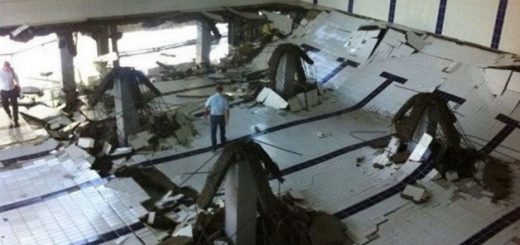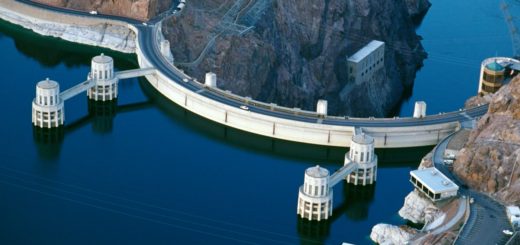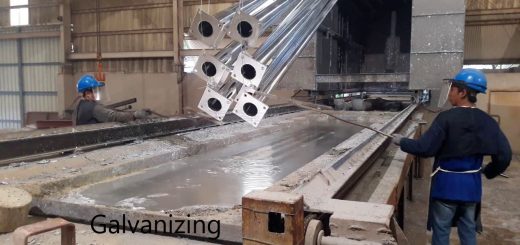Hot Dip Galvanizing -The Facts to be Aware
Hot dip galvanizing is a kind treatment to the steel elements to be used in construction. It provides a guarantee for the material than other protective methods.
Galvanizing is done as corrosion resistance to protect the structures especially in the corrosive environment.
It is a process of creating a zinc layer on the steel surface up to a depth that specified in the specification or the relevant standard.
Mainly there are two methods to protect structural elements against corrosion. They are galvanizing and painting.
Higher maintenance costs, periodic inspections, periodic rectification and re-application based on the deterioration of the paint have made hot dip galvanizing more popular due to its capability to withstand longer duration.
Figure 01 indicates the time to first maintenance based on the thickness of the zinc layer.

There are different standards to be used for hot dip galvanizing. Depending on the project specification, relevant standards shall be referred. ASTM A123, ASTM A153, ASTM A384, BS 729, EN ISO 1461, etc shall be referred as appropriate.
The process of galvanizing is as follows.
- Cleaning
- Fluxing
- Galvanizing
- Post Treatment (optional)
All the material on the surface shall be clean properly. Oil, chemicals, grease, etc. shall be removed prior to galvanizing.
Fluxing is a process of wetting the steel surface. It is usually applying 30% of Zinc ammonium chloride at temperate in the range of 65 – 800C.
Galvanizing is done by immersing steel in a molten zinc bath.
The bath is also called the kettle and it contains at least 98% pure Zinc.
The temperature would be around 4500 C.
When immersed, Zinc reacts with the iron (Fe) in the steel and form Zinc-rich alloy layer with Zinc top layer having 100% Zinc.
Further, any connection which will be fixed after galvanizing shall be bolt connection, and no drilling or welding shall be allowed after hot dip galvanizing.
Lenght of the bath shall also be considered when detailing the structural members.
The thickness of the galvanizing layer shall be grater than 85mm for steel thicker than 6mm.
Further, the corrosion rate shall also be considered when determining the thickness of the Zinc layer.
Table 3 of EN ISO 1461 indicate the thicknesses to be maintained.

The constructionsteel.info provides technical information related to the painting



